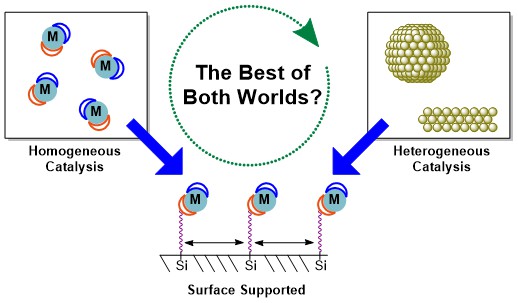
First published in Chemistry in Australia (September-November 2023) and reproduced with kind permission.
The criteria for the award of Nobel Prizes include the phrase ‘those who have conferred the greatest benefit to mankind’. If in 2023 one had to choose a topic of molecular science that is currently benefitting the global community, the development of the lithium-ion battery stands out. The importance of this invention is evident in the evolution, during the information age of the past 30 years, of a wide range of communication devices, including personal computers, handheld devices and mobile phones. The lithium-ion battery is also playing a critical role in the emergence of robotic devices. But its single most important role will be in enabling the electric transportation revolution and the development of electric vehicles that recently are reducing the rate of growth of global greenhouse carbon emissions from fossil fuel combustion vehicles.
A lithium-ion battery is a rechargeable battery that uses the reversible reduction of lithium ions to store energy. The anode (negative terminal) is lithium–graphite and the cathode (positive terminal) is lithium metal oxide. The electrodes are separated by a porous separator. The liquid electrolyte is LiPF6 in ethylene carbonate or a closely related solvent. The graphite is used because of its lithium intercalation capacity. The advantage of lithium-ion batteries is their unusually high current densities generated by the high reactivity of metallic lithium. New forms of these batteries are expected to be solid state, which will be safer than existing liquid versions.
The award of the Nobel Prize for Chemistry in 2019 to John Goodenough, M. Stanley Whittingham and Akira Yoshino recognised their contribution to the development of the lithium-ion battery. The scientific career of John Goodenough reflected a broad interdisciplinary intellect with exceptional creativity. He served as a professor of engineering (mechanical, materials and electrical engineering) at the University of Texas at Austin. His life and career are remarkable in other ways as well. He was the oldest Nobel awardee at age 97 and until his very recent death (25 June 2023) was the oldest surviving Nobel laureate.
His scientific career from start to finish involved meteorology, physics, mathematics, chemistry and engineering. It is one more example of how the major problems facing humanity (climate impacts, pandemics and vaccines, circular economy/waste management, and others) invariably require a deep interdisciplinary collaborative strategy to lead to genuine and practical solutions. He is credited internationally with the identification and development of the lithium-ion battery, for developing rules for determining the sign of the superexchange in materials (indirect exchange coupling between neighbouring magnetic moments) and for seminal developments in computer random access memory.
Goodenough was born in Germany in 1922 to US parents, but his career was spent mainly in the US (the University of Chicago, MIT Lincoln Laboratory and University of Texas). He also spent a period starting in the late 1970s, as Head of the Inorganic Chemistry Laboratory at the University of Oxford. He received numerous awards prior to the Nobel Prize, including the 2013 National Medal of Science awarded by President Obama. The Royal Society of Chemistry established a John B. Goodenough Award to recognise his contributions. During his long career, he authored more than 550 articles, 85 book chapters and reviews, and five books. He had at least one controversial publication (2017), which reported a glass battery that was non-combustible and had a long life with high current densities. However, viewed from the perspective of 2023, the pursuit of solid-state batteries is now accepted globally as a high priority for the next major step in safer global electric transportation and for higher current densities and hence longer-range travel.
As previously mentioned, the current rapid growth in numbers of electric vehicles internationally provides the first major practical step towards reducing climate changing carbon emissions. The world in 2021 had the opportunity to observe images showing the extraordinary improvement in urban atmospheres and the almost complete removal of carbon emissions caused by the hiatus of traffic during the 2021 COVID-19 lockdown. This was a glimpse of a future cleaner, healthier urban environment in a post internal combustion world. A 2023 report in Lancet Planetary Health from Monash University reports that extreme temperatures caused by increased levels of greenhouse gases in the coming years will lead to 5 million deaths per year, or pro rata about three times the mortality rate of the COVID-19 pandemic.
The development of the lithium-ion battery for transportation must be acknowledged in this climate context as an exceptional contribution to humanity.





